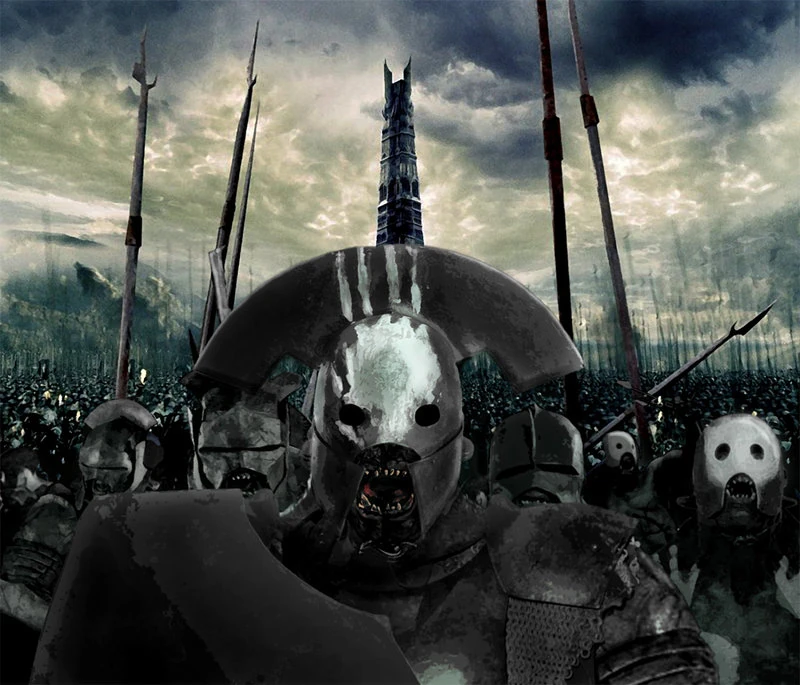Good morning gamers,
In our previous three posts, we’ve gone over three of the
five important parts to building a list with an eye towards being able to score
maximum victory points in a scenario (fast models, banners, and numbers). As a reminder, the five principles we’ll
be covering in this series are:
- Fast troops who can claim objectives or exit the opposing board edge;
- At least one banner;
- Ways of delaying/avoiding being broken (often in the form of large numbers);
- Means of killing/inhibiting enemy heroes; and
- Means of keeping your own heroes alive/augmenting their damage.



